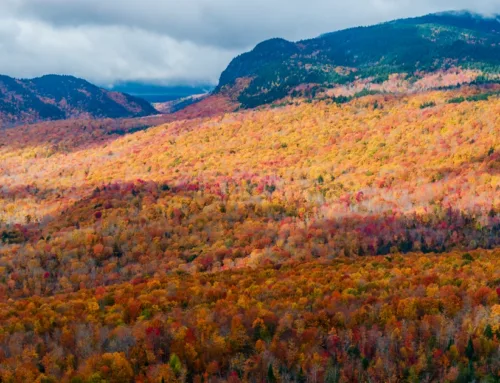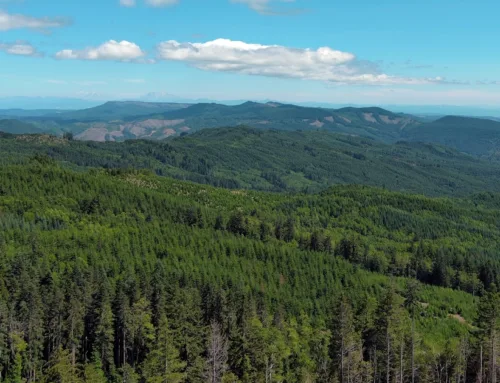The Nature Conservancy Purchases 161,000 Acres in New York
The Nature Conservancy Purchases 161,000 Acres in New York
By News Desk
The Nature Conservancy purchased 161,000 acres of Finch Paper Holdings forestlands in New York’s Adirondack Mountains. The $110 million deal equates to approximately $683 per acre. The transaction includes a 20-year working forest agreement that allows Finch Paper Holdings to continue harvesting timber on a large portion of the land. This stipulation preserves approximately 850 jobs at the Glen Falls Mill on the Upper Hudson River.
According to Boston attorney Stephen Small, The Nature Conservancy’s acquisition represents the ongoing rise in acceptance of conservation easements as a tool to ensure both open spaces and continued private use.
161,000 Acres an Exceptional Transaction
“Any deal over 100,000 acres is huge,” says Small, a conservation easement expert who has represented both landowners and conservation groups in benchmark easement projects. “We’re seeing more transactions breaching this size, and I believe it’s a great sign when conservation groups, private interests, and governments are pursuing these kinds of deals. You didn’t see this kind of thing very often just a few years ago.”
The Nature Conservancy says it wants to ensure the land’s biological diversity while maintaining both recreational uses and working forestland uses for the area’s timber-dependent economy. In addition to the working forest agreement, the conservancy will also renew year-to-year recreational leases this fall.
Increasingly Common Deal Structure
Reuters reports that an increasing number of paper companies utilize asset sales in which the forestland is sold off to a conservation entity but the seller maintains the right to cut the timber. Another example of this approach is the 2006 sale by International Paper of 218,000 acres of timberland in 10 southern states to The Nature Conservancy and the Conservation Group.
Under the Finch Paper Holdings deal, The Nature Conservancy will also take responsibility for local taxes. It funded a portion of the acquisition through loans from the Open Space Conservancy and the John Hancock Life Insurance Co., and it will initiate a major fundraising campaign to offset the purchase price.




